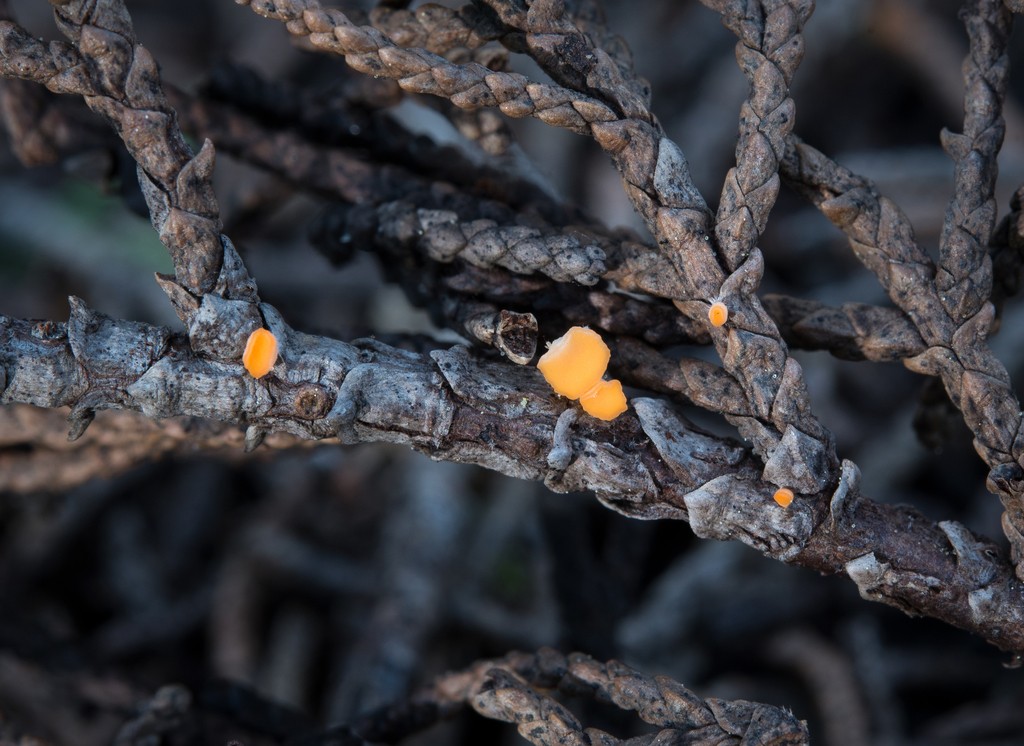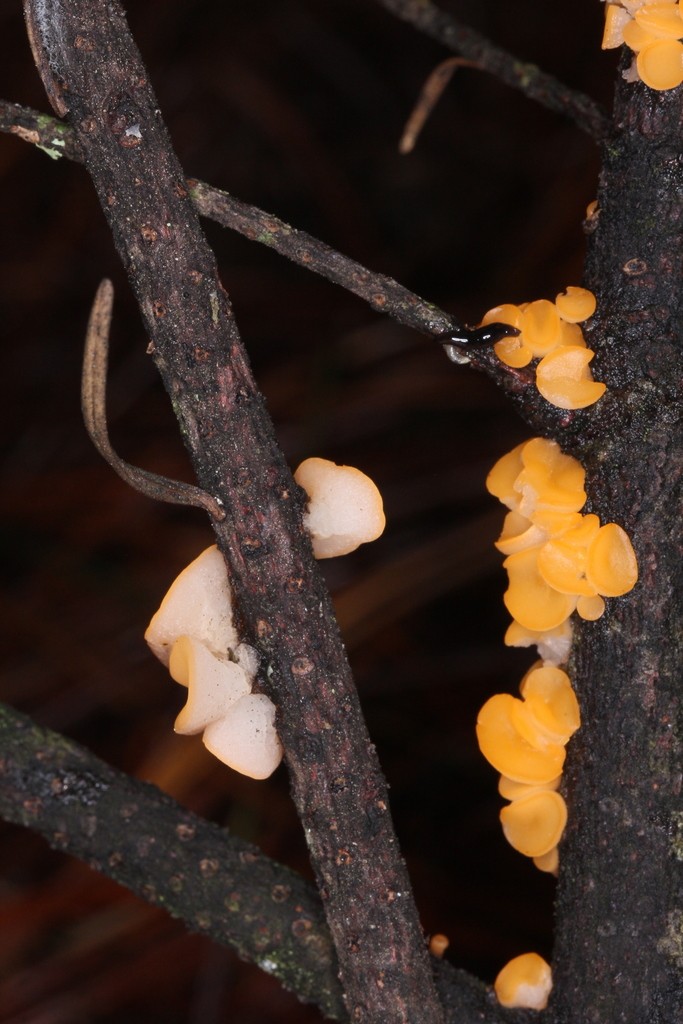Pithya
Scientific name: Pithya
Pithya
Scientific name: Pithya
 Photo By alan_rockefeller , used under CC-BY-4.0 /Cropped and compressed from original
Photo By alan_rockefeller , used under CC-BY-4.0 /Cropped and compressed from original Description
Pithya is a fascinating group of fungi known for their ability to grow on decaying wood or plant material, particularly in moist environments. They form small, brightly-colored fruiting bodies that are often cup-shaped. These structures are typically seen during late autumn or early winter. The striking appearance of pithya's fruiting bodies makes them a notable sight in forested areas, where they contribute to the ecosystem by breaking down organic matter.
